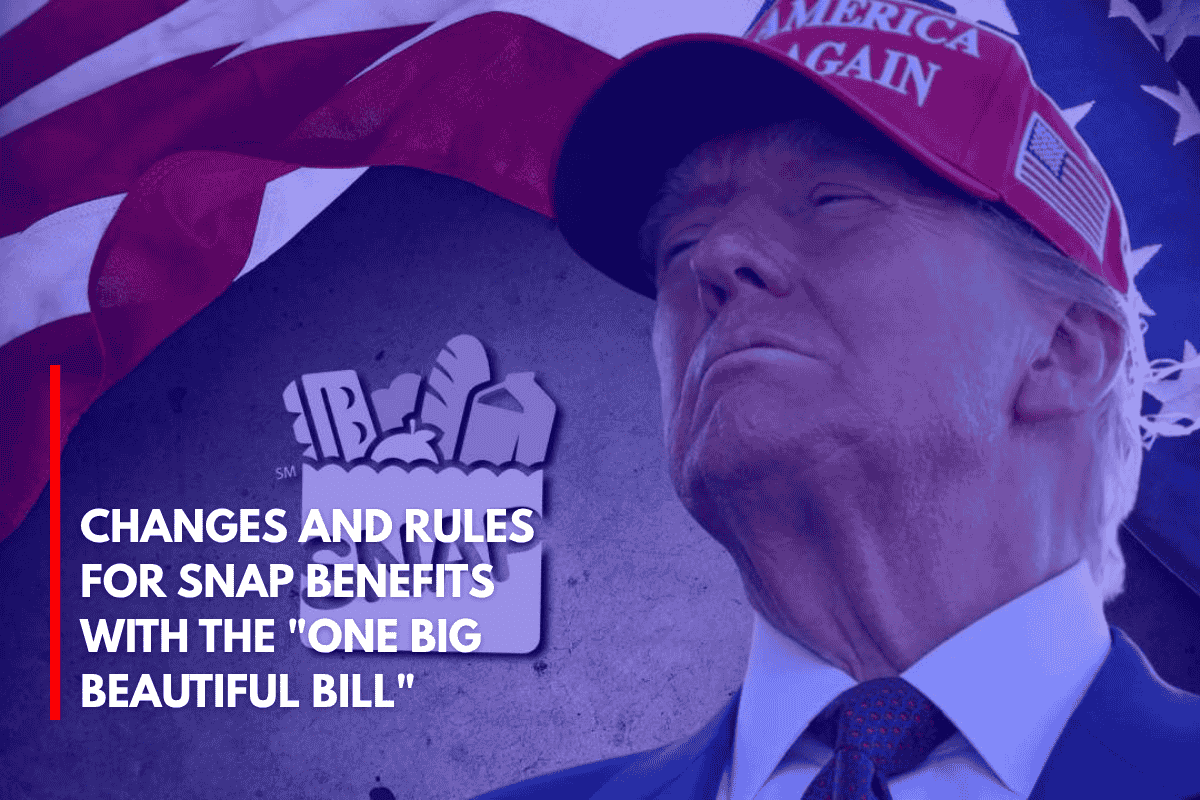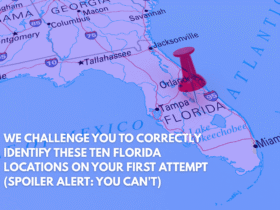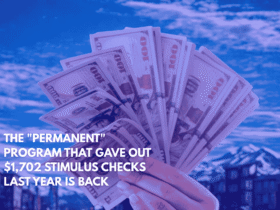A new proposal called the “One Big Beautiful Bill” is planning big changes to the Supplemental Nutrition Assistance Program (SNAP), which helps millions of Americans buy food.
If you’re one of the 42 million people using SNAP, it’s important to understand how this bill could affect your benefits. Between 2025 and 2034, this plan aims to cut about $186 billion from the SNAP budget. Let’s break it down in simple terms.
What Is the “One Big Beautiful Bill”?
This bill is a combination of tax cuts and changes to social welfare programs. It plans to extend tax breaks from 2017 and also gives new tax benefits for tips and overtime income. But at the same time, it brings major changes to programs like SNAP and Medicaid, focusing on saving money and increasing personal responsibility.
How Will SNAP Funding Change?
Right now, the federal government pays 100% of SNAP benefits. But under the new plan, states will have to start paying between 5% and 25% of the costs. This means state governments will need to find more money to support the program, which could lead to higher taxes or cuts in other services like education or health.
Also, money for state-level SNAP administration will be cut in half—from 50% to 25%. That means local governments might struggle more to manage the program efficiently.
Stricter Work Requirements for SNAP
Currently, only some SNAP recipients have to meet work requirements. The new bill will expand those rules. People between 55 and 64 years old will now have to work or attend job training for at least 80 hours a month to keep getting benefits. Parents with kids over 14 will also need to follow these rules. Many people who didn’t need to report work before will now have to do so.
SNAP Eligibility Rules Are Changing
Under this bill, only U.S. citizens and people with permanent resident status (Green Cards) will be eligible for SNAP. This excludes many immigrants who are in the U.S. with temporary or pending legal status.
Supporters of the bill say it helps stop fraud, but civil rights groups worry that it will lead to more hunger in immigrant communities.
SNAP Benefits Will Lose Value Over Time
Usually, SNAP benefits increase slightly each year to keep up with inflation (price rises). But this bill wants to freeze those adjustments. That means your SNAP money won’t grow as food prices go up. Experts say that by 2034, the average person could lose about $15 a month in real value, making it harder to afford basic groceries.
What Does This Mean for You?
SNAP helps over 42 million Americans, including children, seniors, and people with disabilities. This bill could make up to 3.2 million people lose their benefits because of stricter rules. Also, about 5.3 million families could see their monthly help go down by $25 or more, with an average loss of around $146.
In states like Florida, where around 3 million people use SNAP, administrative costs could rise from $89 million to a shocking $1.6 billion each year.
In states like Wisconsin, hundreds of thousands of people could lose their benefits altogether. Poorer states may be forced to raise taxes, cut food benefits, or take money away from schools and hospitals to manage the extra burden.











Leave a Reply